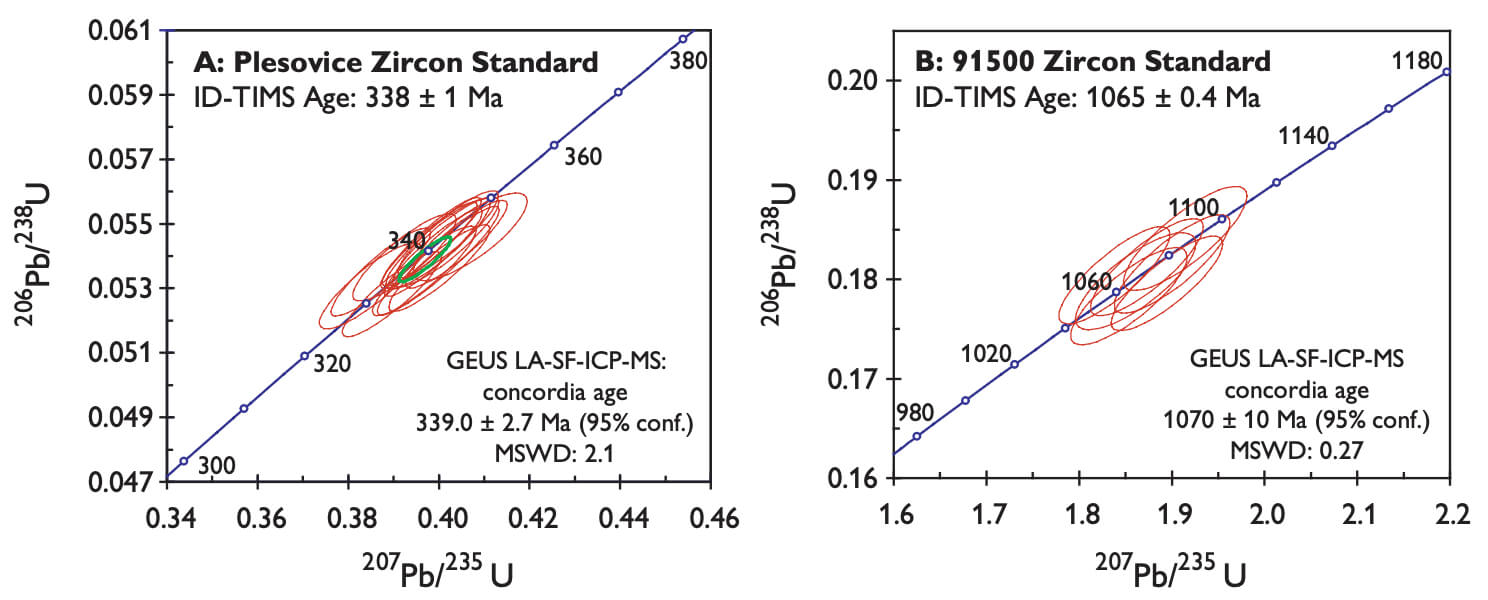
How to Cite
Share
Abstract
Laser ablation inductively coupled plasma mass spectrometry (LA-ICP-MS) was developed in 1985 and the first commercial laser ablation systems were introduced in the mid 1990s. Since then, LA-ICP-MS has become an important analytical tool in the earth sciences. Initially, the main interest for geologists was in its ability to quantitatively determine the contents of a wide range of elements in many minerals at very low concentrations (a few ppm and below) with relatively high spatial resolution (spot diameters of typically 30–100 μm). The potential of LA-ICP-MS for rapid in situ U–Th–Pb geochronology was already realised in the early to mid 1990s. However, the full potential of LA-ICP-MS as the low-cost alternative to ion-microprobe techniques for highly precise and accurate in situ U–Th–Pb age dating was not realised until the relatively recent advances in laser technologies and the introduction of magnetic sectorfield ICP-MS (SF-ICPMS) instruments. In March 2005, the Geological Survey of Denmark and Greenland (GEUS) commissioned a new laser ablation magnetic sectorfield inductively coupled plasma mass spectrometry (LA-SF-ICP-MS) facility employing a ThermoFinnigan Element2 high resolution magnetic sectorfield ICP-MS and a Merchantek New Wave 213 nm UV laser ablation system. The new GEUS LA-SF-ICP-MS facility is widely used on Survey research projects in Denmark and Greenland, as well as in collaborative research and contract projects conducted with partners from academia and industry worldwide. Here, we present examples from some of the these ongoing studies that highlight the application of the new facility for advanced geochronological and trace element in situ microanalysis of geomaterials. The application of LASF-ICP-MS based in situ zircon geochronology to regional studies addressing the Archaean geology of southern West Greenland is presented by Hollis et al. (2006, this volume).
How to Cite
Share
Downloads
Editors: Martin Sønderholm & A.K. Higgins
The Review of Survey activities presents a selection of 15 papers reflecting the wide spectrum of activities of the Geological Survey of Denmark and Greenland, from the microscopic to the plate tectonic level.
Activities in Denmark: The Survey's field of activities in Denmark is illustrated by four papers on [...]










